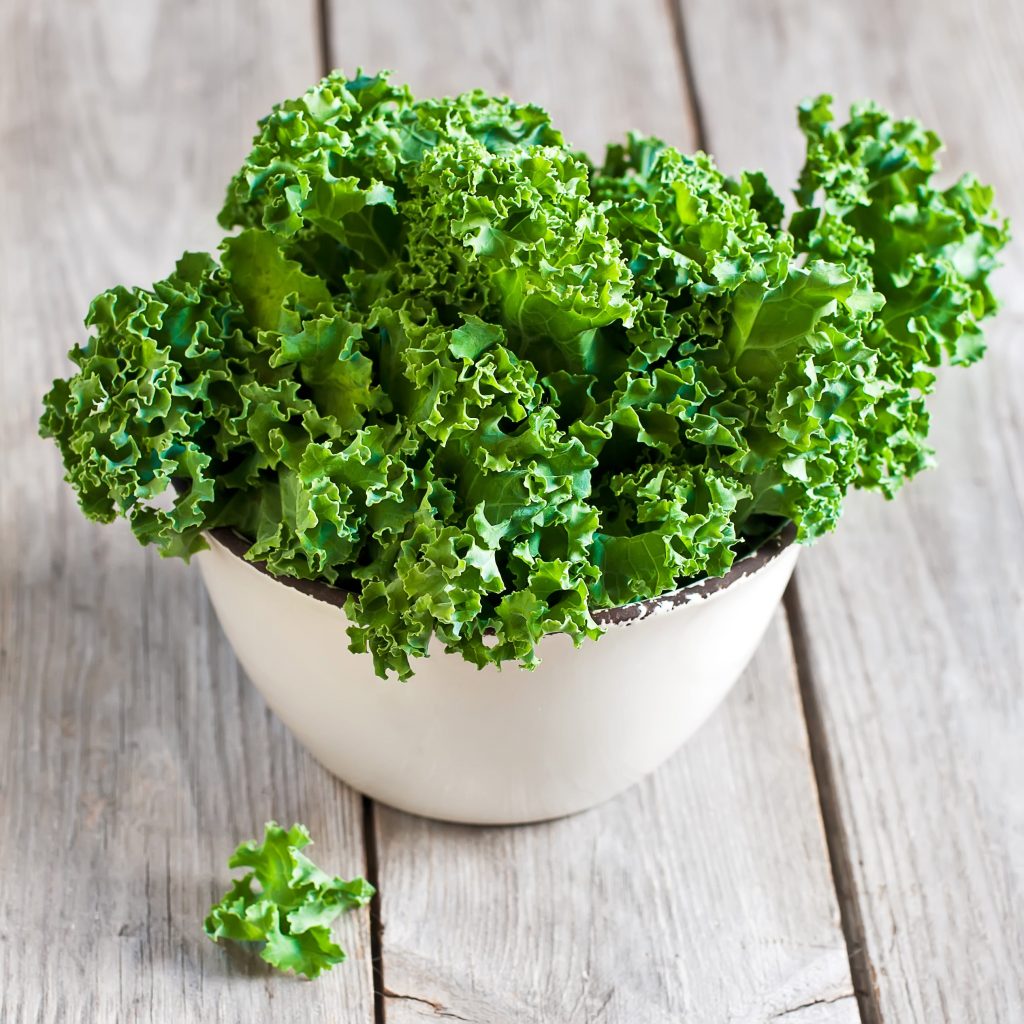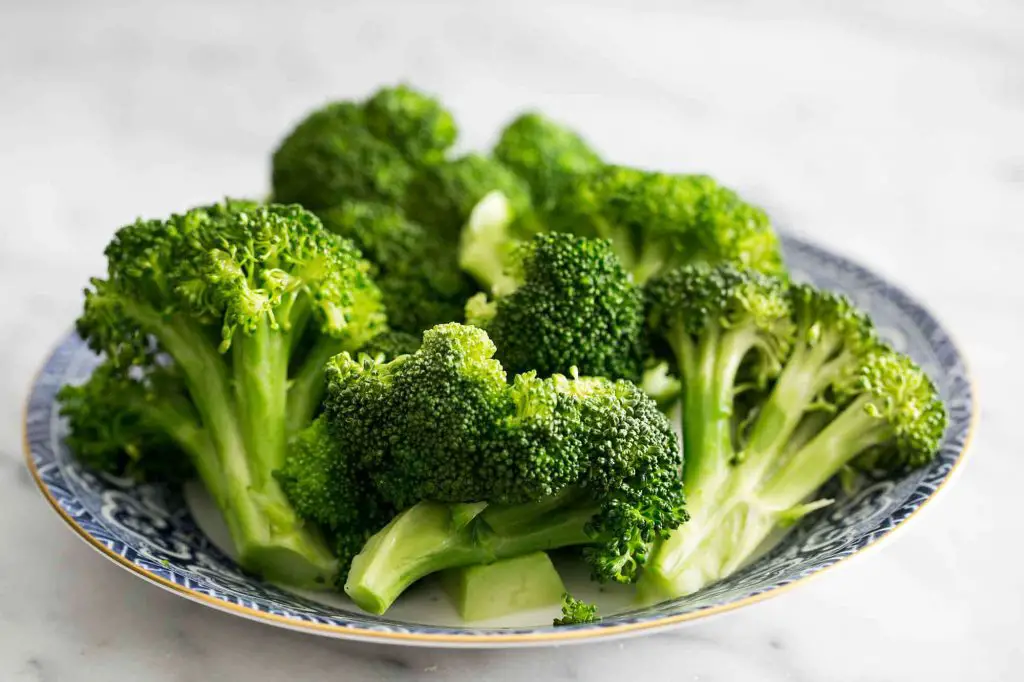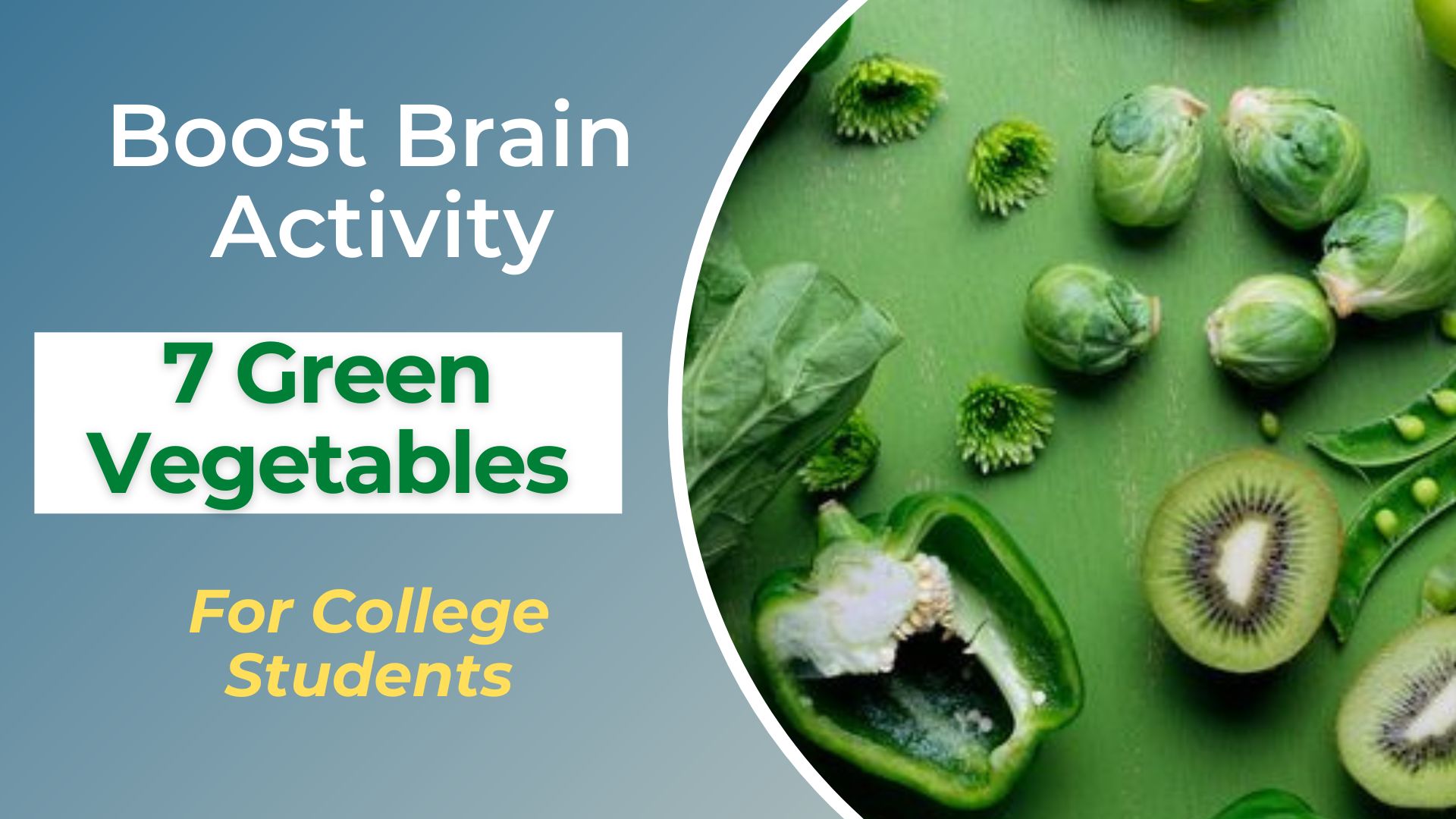Eating healthy is important for everyone, especially college students. When you’re in school, it’s easy to let your diet go downhill and eat nothing but junk food. But did you know that there are certain vegetables that can actually help improve your brain activity and make you more productive? In this blog post, we will discuss seven green vegetables which can boost your brain activity in college!
1) Kale

Kale is one of those ingredients that people either love or hate. Some find its slightly bitter flavor to be off-putting, while others enjoy its unique taste. Kale is also one of the most nutritious vegetables around, packed with vitamins A, C, and K. It’s also a good source of iron and calcium. Whether you’re a fan of kale or not, there’s no denying that it’s a superfood.
So if you’re looking to boost your health, add some kale to your diet. Just don’t expect it to be a miracle cure-all. Despite what some people claim, kale is not going to cure cancer or any other disease. But it is a delicious and nutritious way to eat your greens!
2) Broccoli

This nutritious green vegetable has been shown to improve cognitive function and memory recall. One study even found that students who ate broccoli before taking a test scored higher than those who didn’t. So if you’re feeling stuck on that upcoming exam, try adding some broccoli to your diet. It just might give you the edge you need to get ahead. In case you don’t have enough time to cook your broccoli because of school assignments…
Nowadays, it’s not uncommon for students to seek out help with their homework. With hectic schedules and increasing demands, many students find themselves struggling to keep up. Fortunately, there are plenty of online writers available to offer help for students.
Among these are writing gurus from AssignmentBro. These experts are not only passionate about health topics but often have degrees in health and sciences. As a result, they’re well-equipped to provide students with the guidance they need.
In addition, the writers here are committed to providing quality service. So, whether you’re struggling with a specific assignment or just need a little homework help, don’t hesitate to reach out.
3) Collard greens
Collard greens are a type of leafy green vegetable that is popular in many parts of the world. Collards are a member of the cabbage family, and they have a wide variety of uses. In addition to being eaten raw in salads, collards can be cooked in a variety of ways. They can be boiled, sauteed, or even grilled.
Collards are a good source of vitamins A and C, and they also contain calcium and iron. One of the best things about collards is that they are very versatile. Whether you want to enjoy them as a side dish or use them as the main ingredient in a soup or stew, they are sure to please. So next time you’re looking for something new to try, don’t forget about collard greens.
4) Cabbage
Cabbage: it’s not just for boiled dinners and coleslaw anymore. This humble vegetable has a long and storied history, dating back to the days of the Roman Empire. Today, cabbage is enjoyed in cuisines around the world, from kimchi to borscht.
And it’s not just for eating: in Asia, cabbage is commonly used as a natural remedy for skin conditions like acne and eczema. So next time you’re at the grocery store, don’t bypass the cabbage – it may be more versatile (and interesting) than you think.
5) Romaine Lettuce
There’s something about romaine lettuce that just screams “salad.” Maybe it’s the long, crisp leaves, or the slightly bitter taste. Whatever the reason, this type of lettuce is a popular choice for salads and other dishes. Interestingly, romaine lettuce is actually quite versatile.
While it is most commonly used in salads, it can also be used as a wrap for sandwiches or burritos. The thick leaves provide a sturdy base that can hold all your favorite fillings. And if you’re looking for a low-carb option, romaine lettuce is a great choice. The low calorie and carbohydrate content make it a healthy option for those watching their waistline. So next time you’re at the grocery store, be sure to pick up some romaine lettuce. It may just become your new favorite leafy green.
6) Watercress
Watercress is a lesser-known leafy green, but it packs a powerful punch when it comes to flavor and nutrition. This peppery plant is related to mustard and cabbage, and has been cultivated for centuries. Watercress is often used as a garnish or added to salads, but it can also be cooked like spinach or used in soups and sandwiches.
In addition to its distinctive flavor, watercress is also a nutritional powerhouse. It is rich in vitamins A and C, as well as iron and calcium. Watercress also contains high levels of antioxidants, which can help to protect against cell damage and chronic diseases.
7) Spinach
Popeye was onto something when he decided to make spinach his go-to source of strength. This leafy green is jam-packed with nutrients that can benefit your health in a variety of ways.
For starters, spinach is a good source of iron, which is essential for carrying oxygen to your cells. It’s also rich in vitamins A and C, which are important for immunity and detoxification. Plus, spinach contains lutein and zeaxanthin, two antioxidants that can help protect your eyes from age-related damage.
Green Vegetable Conclusion
If you’re looking for ways to improve your academic performance in college, try adding some of these green vegetables to your diet. They’ll help you stay focused and energized, and they might just give you the edge you need to get ahead.
So next time you’re at the grocery store, be sure to stock up on these brain-boosting foods. Your academic success depends on it!



